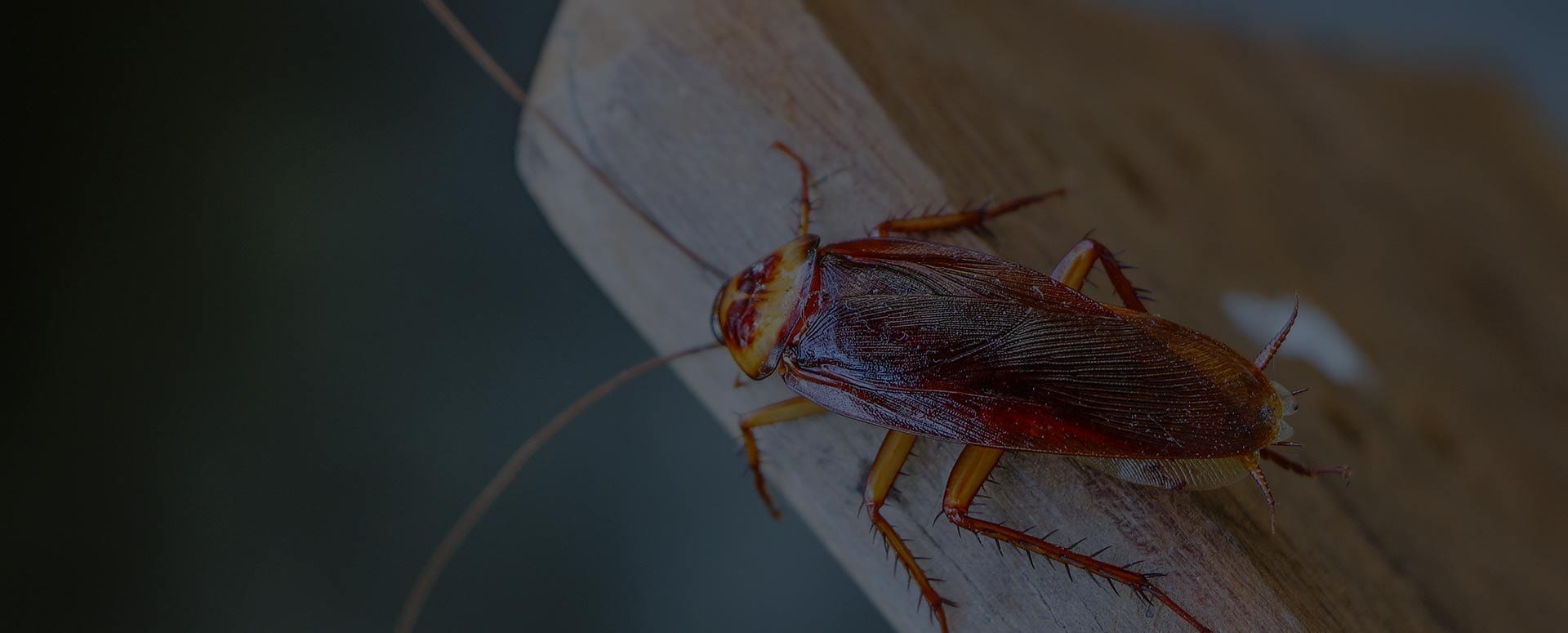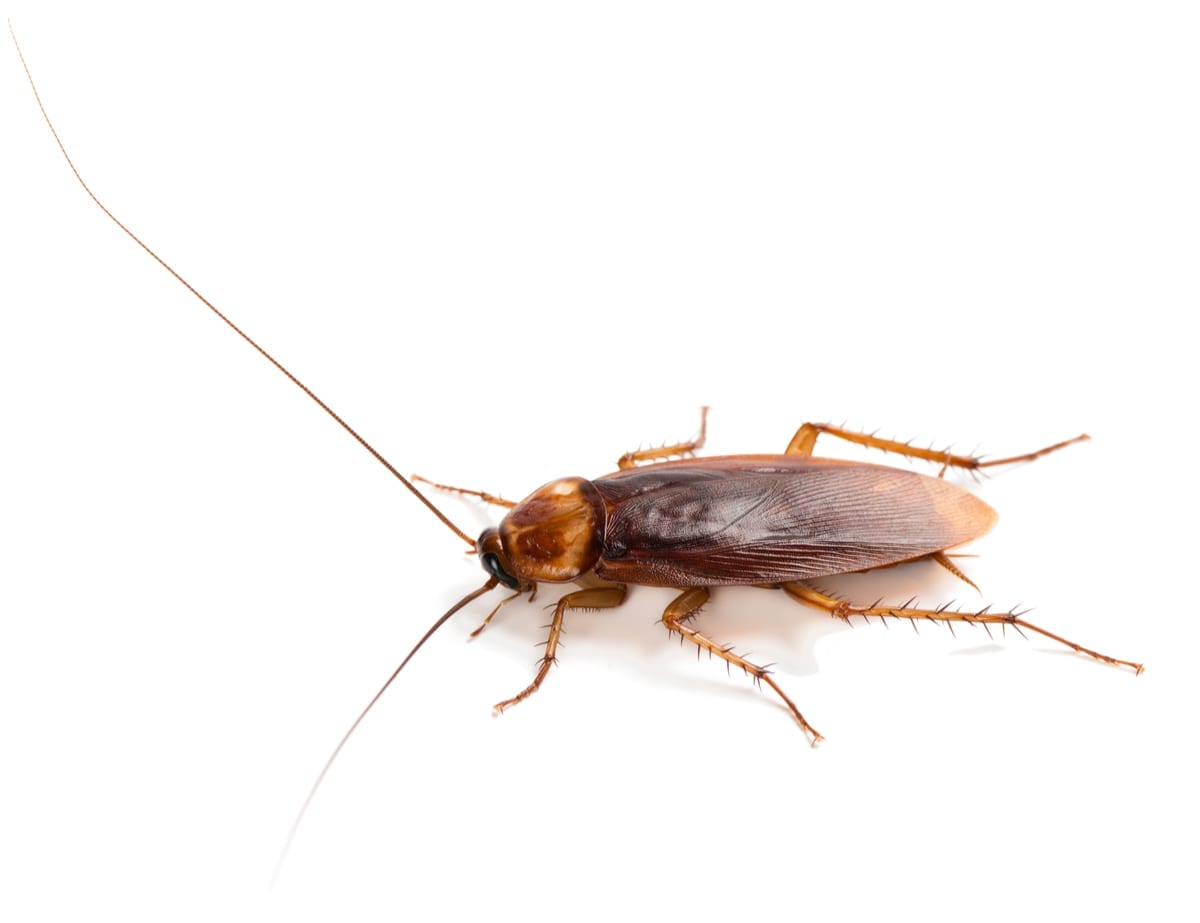
Cockroaches
While often regarded as a normal domestic nuisance, cockroaches are, in fact, a legitimate health hazard. As persistent scavengers, they can chew through paper, cardboard and even plastic packaging to eat virtually anything organic. So, not just food, but even hair, some kinds of glue and even residues off your toothbrush. Wherever they go, they carry germs that cause salmonella poisoning and dysentery.
Preferring warm, dark and moist places, they have no trouble walking on vertical and even inverted surfaces. Plus, they can fly, survive temps down to zero, go for months without food and are among the fastest running of all insects.
The only way to control these pests is a schedule of regular maintenance. True 100% eradication is unlikely as new cockroaches will soon move in to any non-sealed living space. Their presence is a fact of life, but their risks they present don’t have to be.
Cockroaches can and do pose a serious health risk to humans… they can spread diseases such as food poisoning, salmonella and dysentery.
COCKROACH SPECIES
German Cockroach
(Blattella germanica)

American Cockroach
(Periplaneta Americana)

Australian Cockroach
(Periplaneta Australasiae)

Brown Banded Cockroach
(Supella longipalpa)

